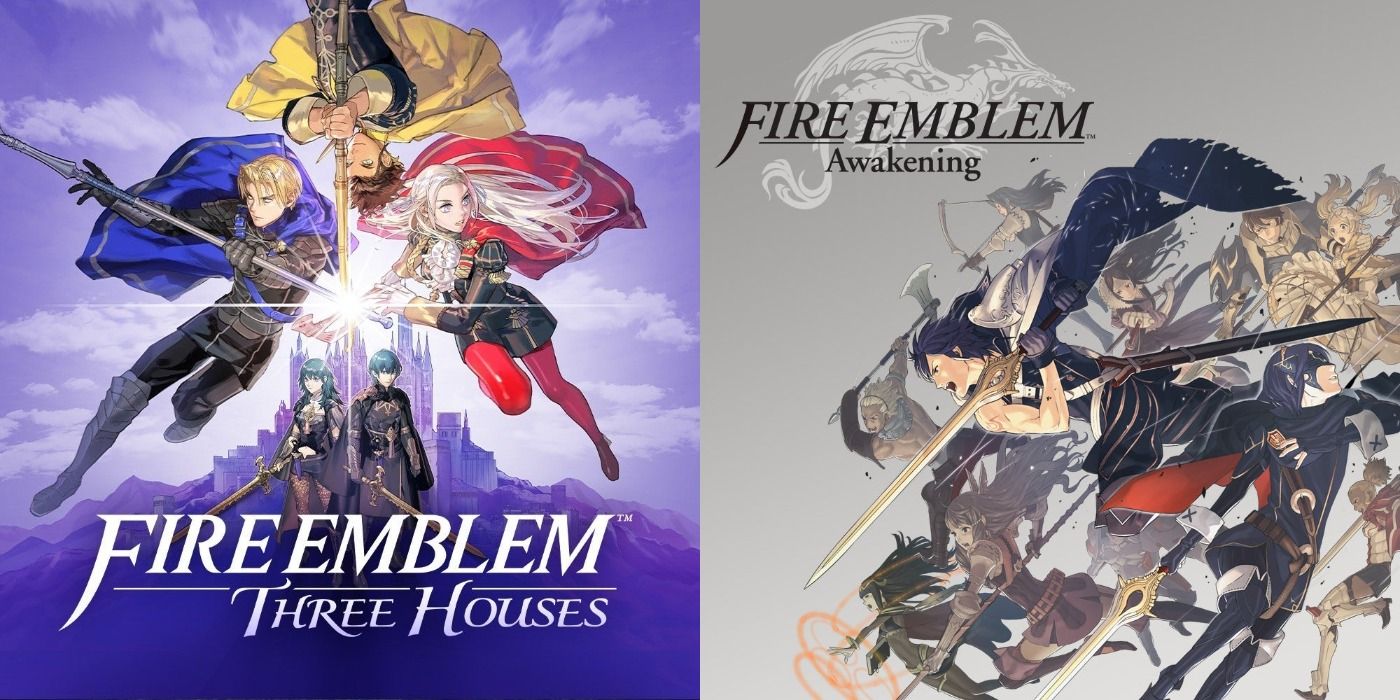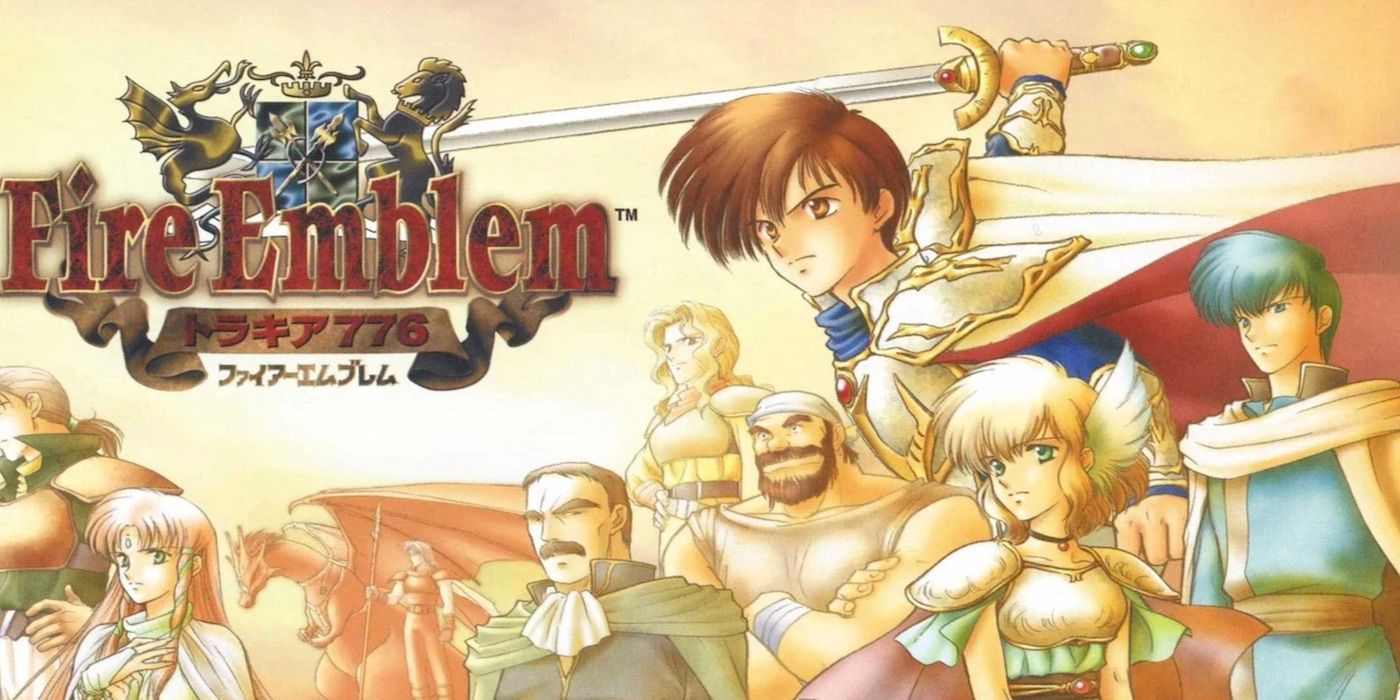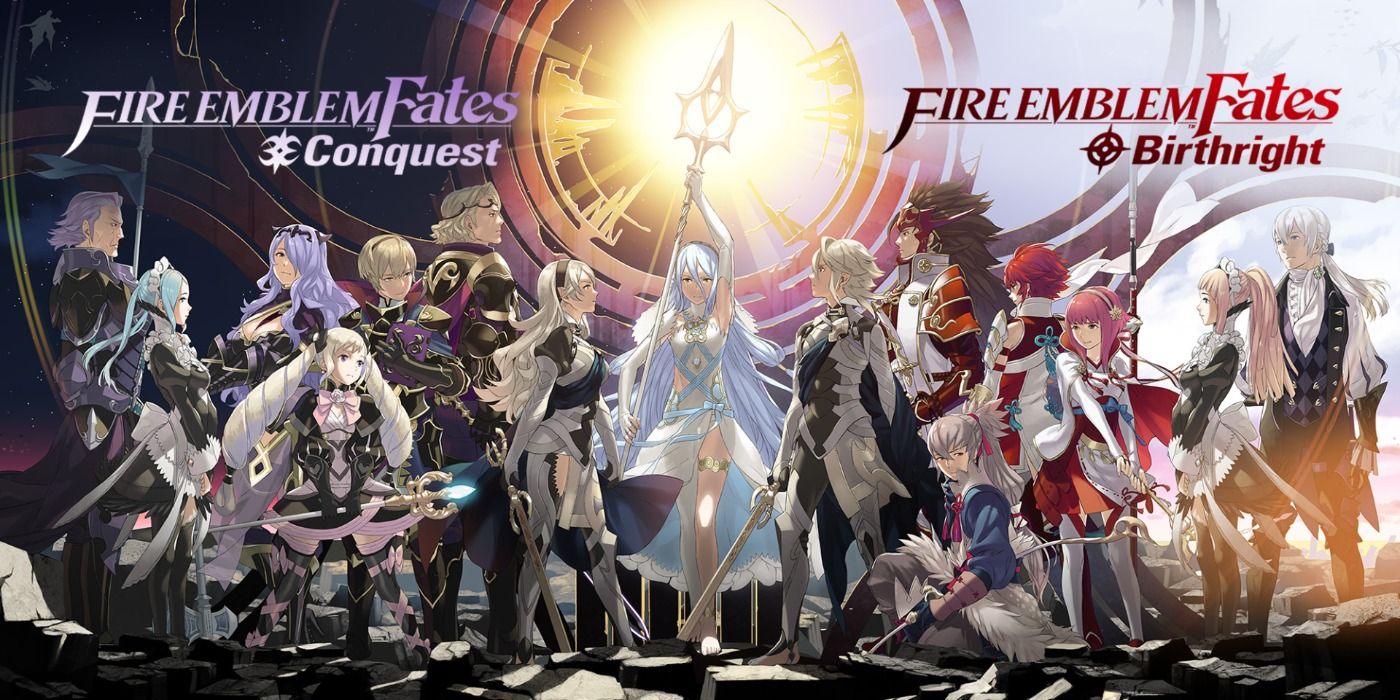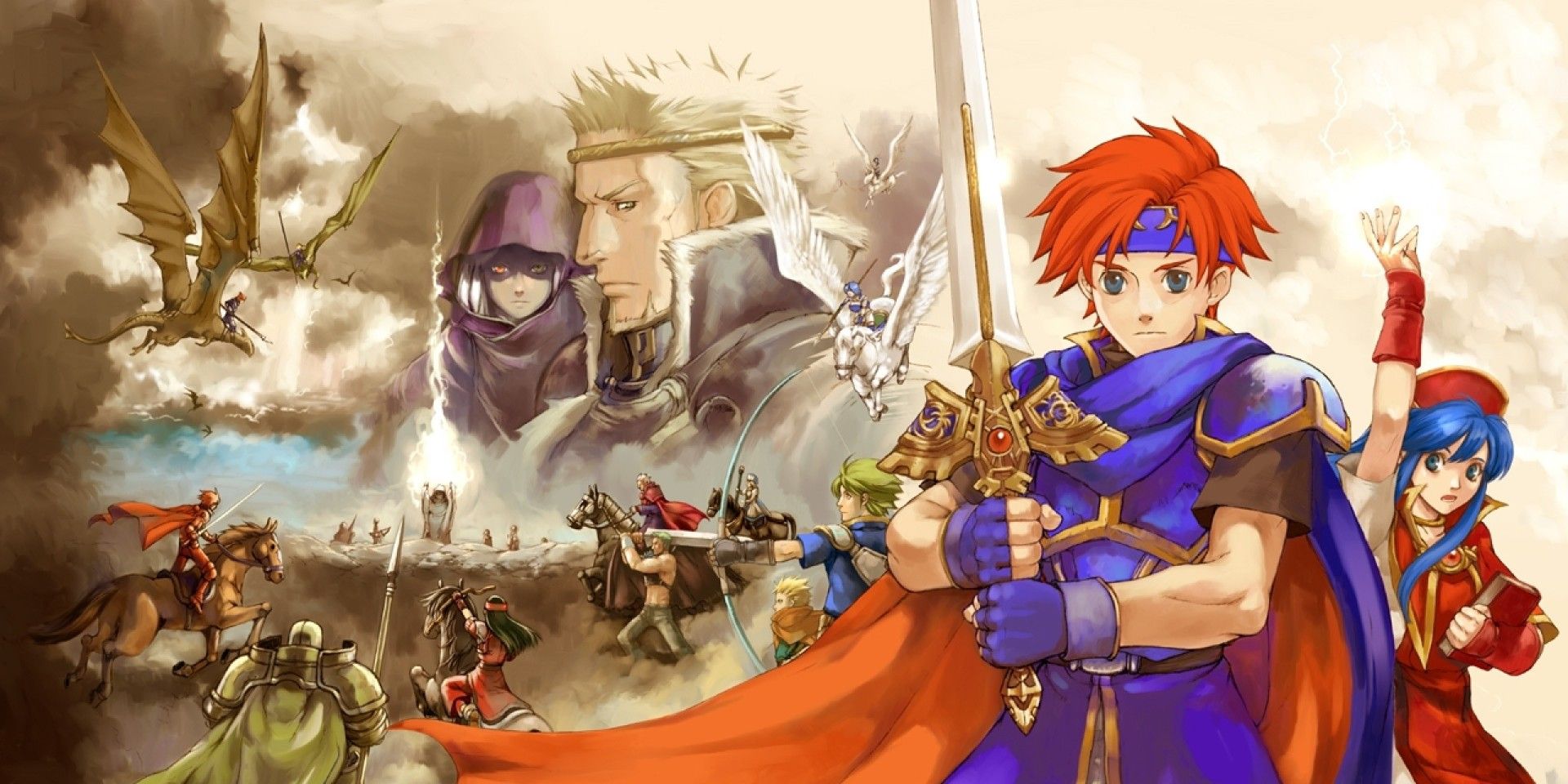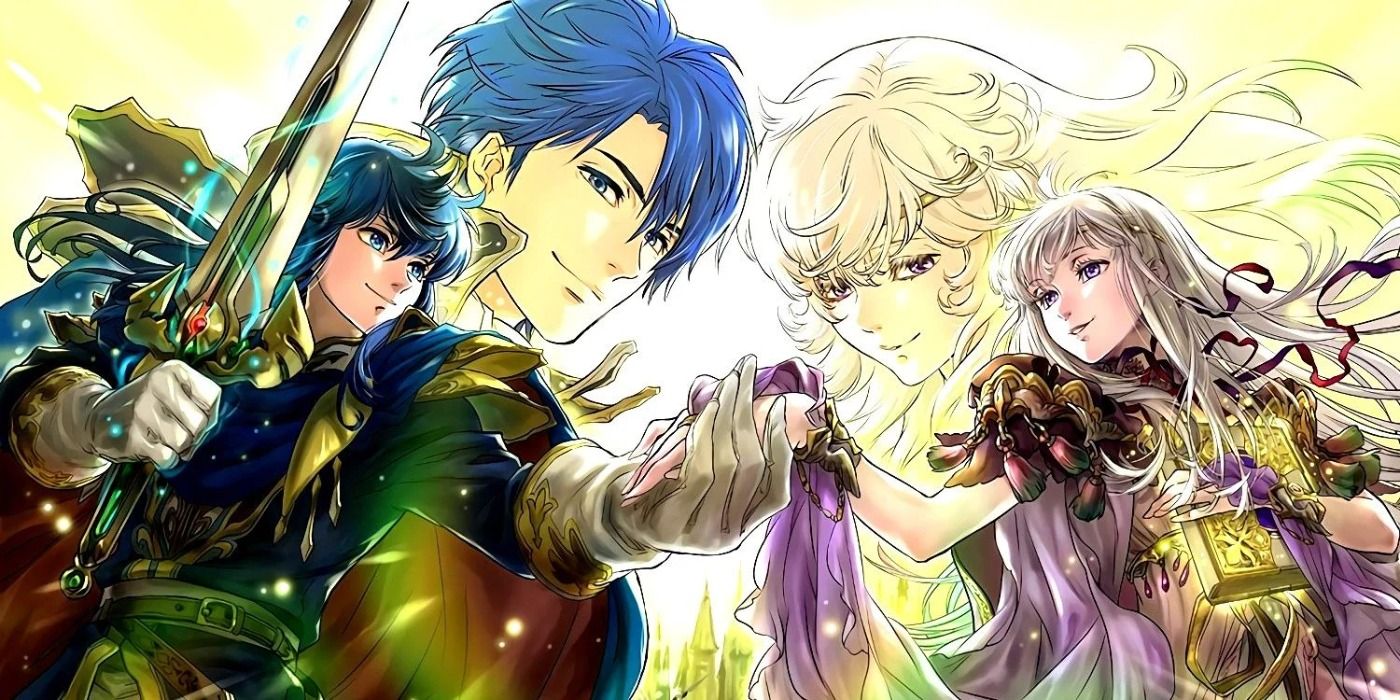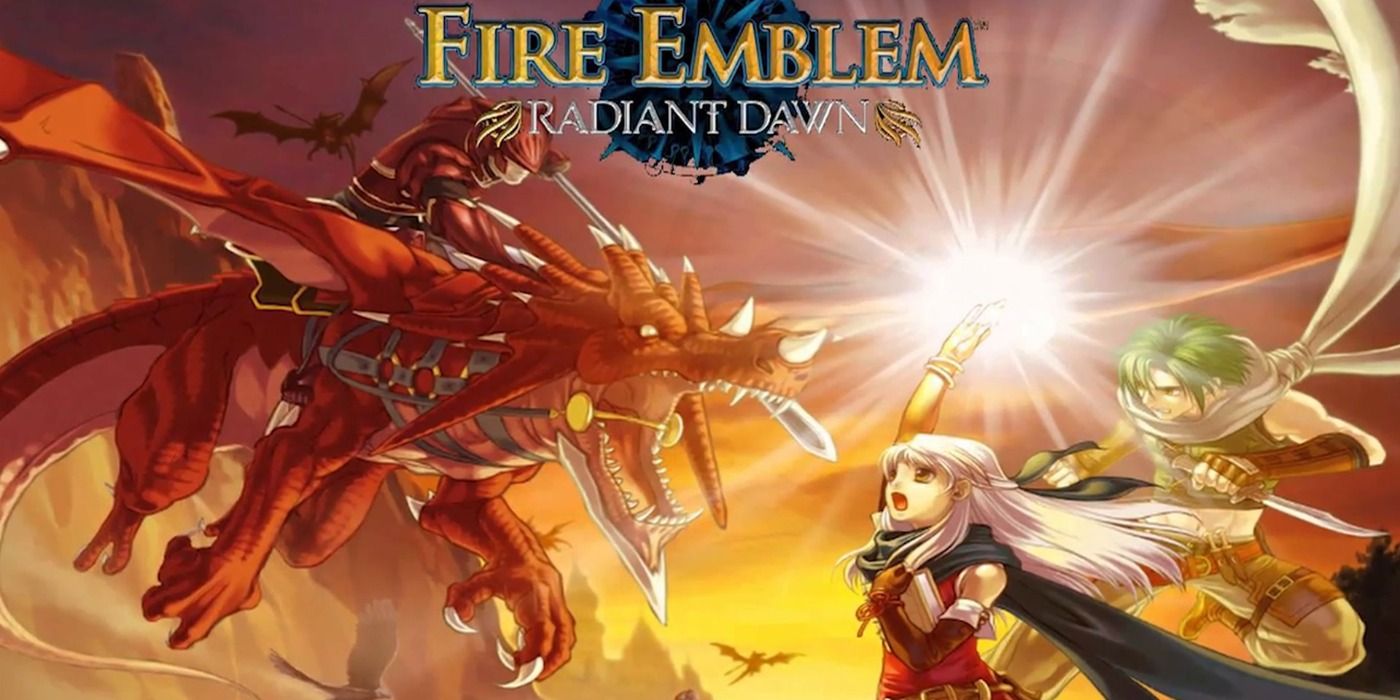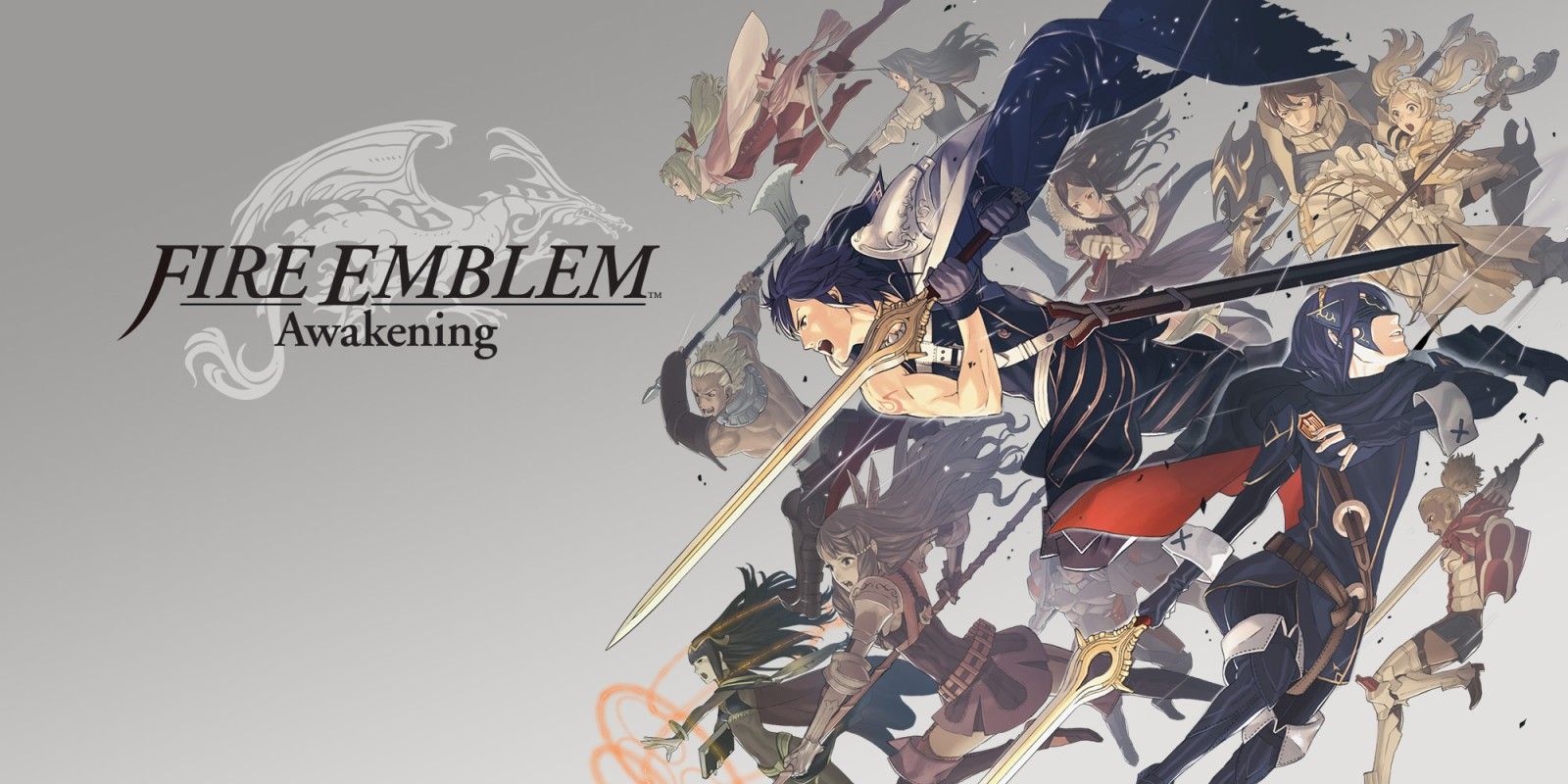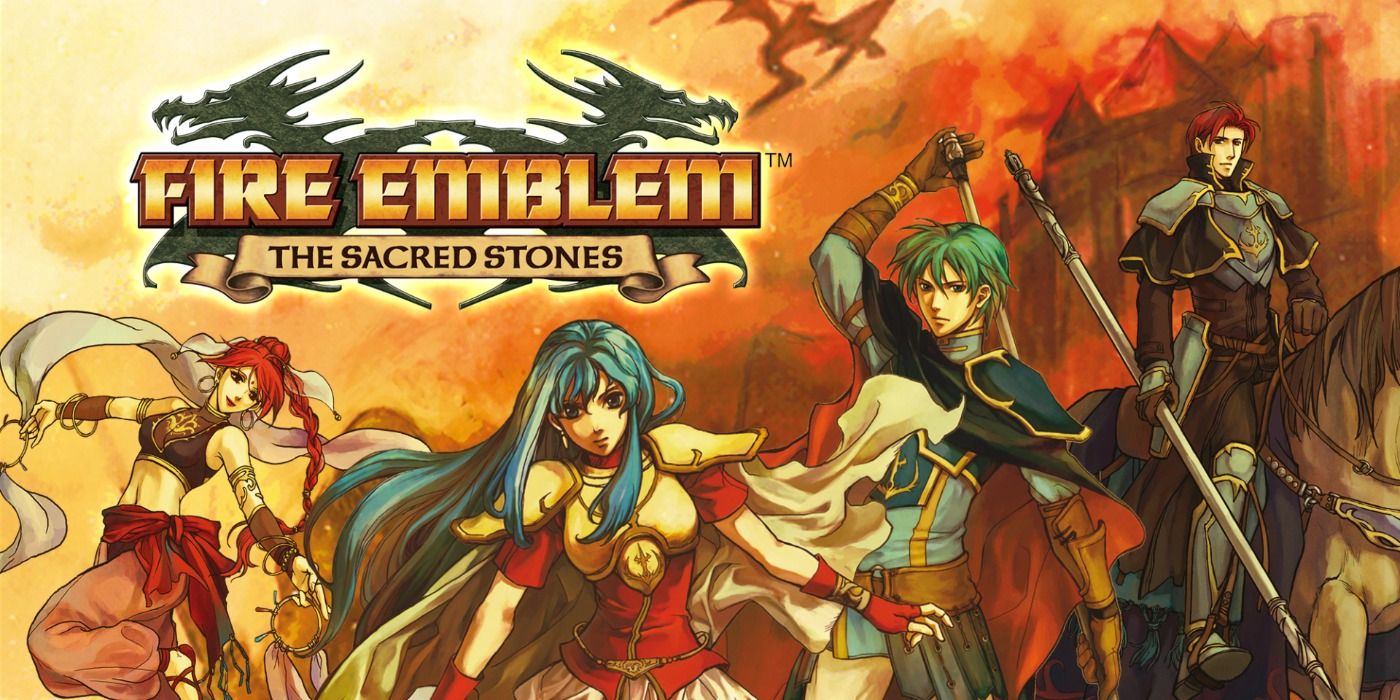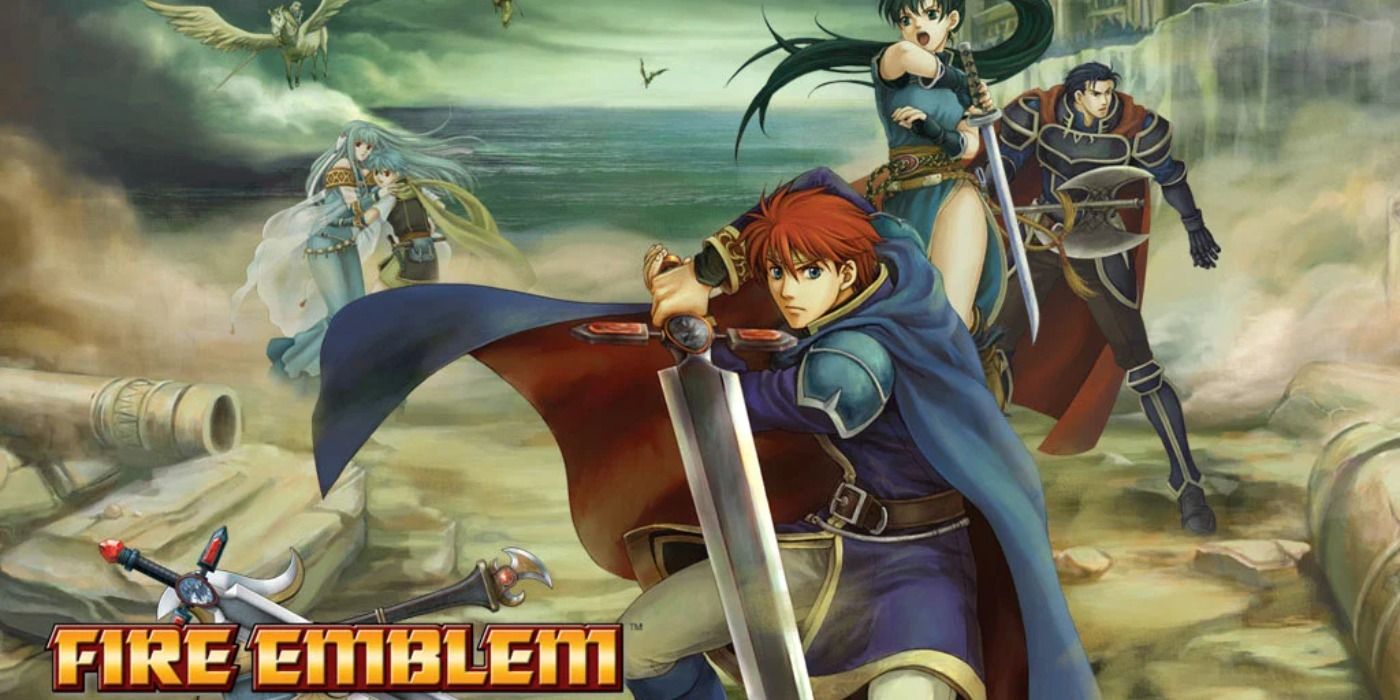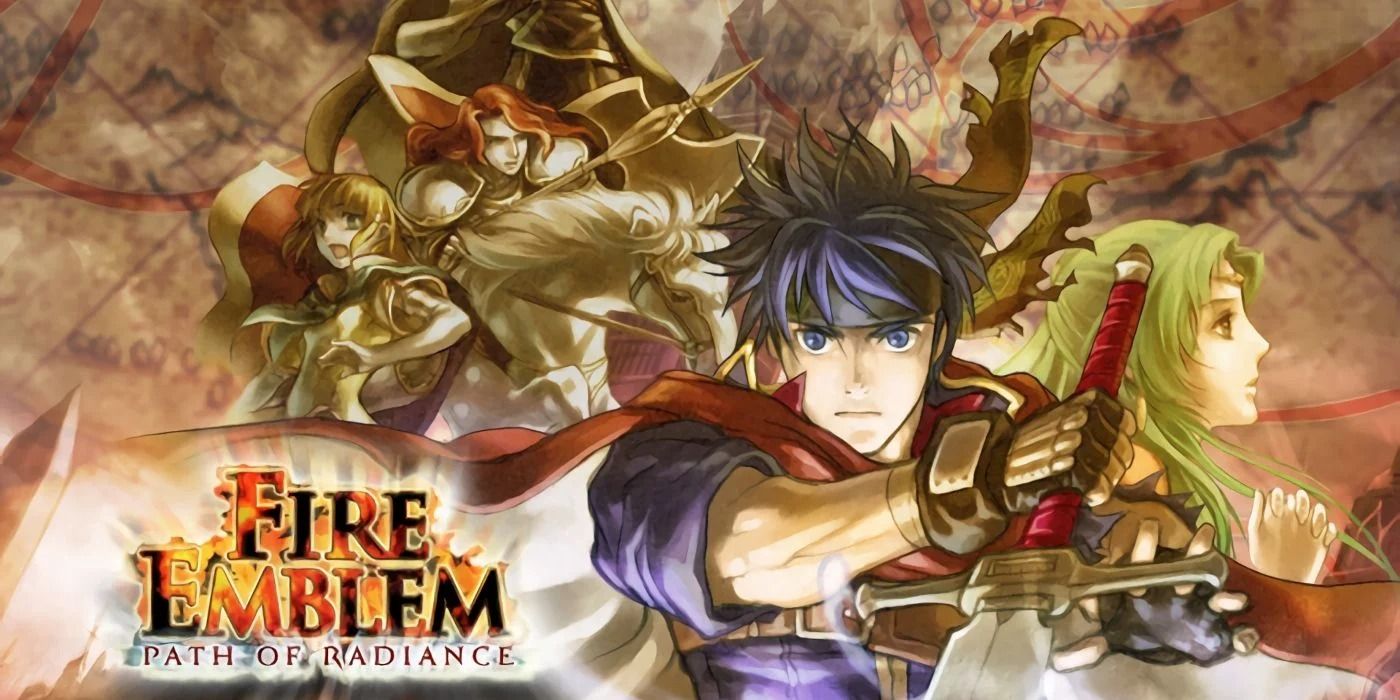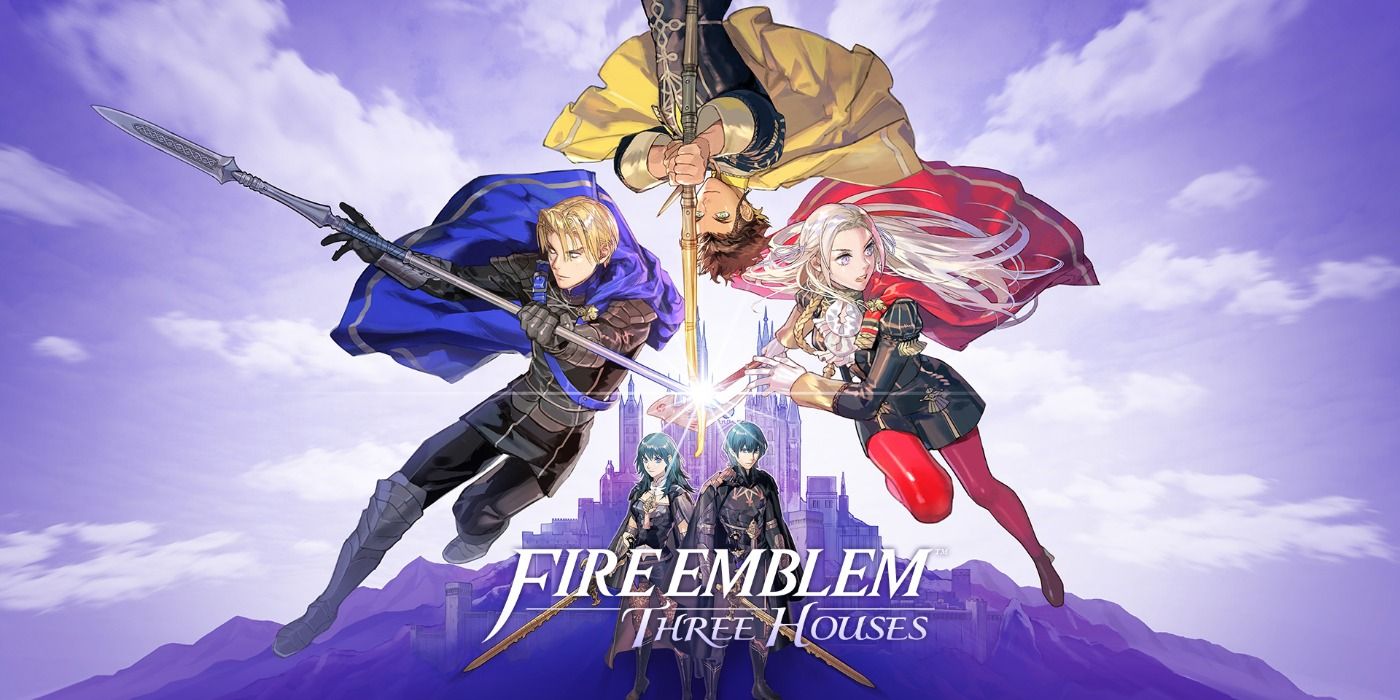While it was once a more niche series of JRPGs, Fire Emblem has deservedly surged into becoming a Nintendo staple when it comes to the subgenre thanks to its strong catalog of titles. The franchise has seen several meaningful changes to take shape into what fans see it as now.
A good part of that is thanks to the success of the Nintendo 3DS entry Fire Emblem Awakening, but there are plenty more worth mentioning. The voting community at Ranker lists their favorite games in the iconic tactical-RPG series, including retroactive favorites that have never seen worldwide releases like Genealogy of the Holy War, and the current major hit in the form of Three Houses.
Fire Emblem: Thracia 776
Thracia 776 is a direct mainline sequel to the landmark game Genealogy of the Holy War for the Super Nintendo. However, it was one of the games in the franchise that's never seen a worldwide release.
The story follows Leif as he tries to overthrow the ruling Grannvale Empire. It used the core pillars of what makes up Fire Emblem's combat, but it adds in a Fatigue system where characters grow increasingly tired after each turn. Thracia 776 received a positive reception, but it was notorious for its punishing difficulty by adding Fatigue on top of the "permadeath" system.
Fire Emblem Fates
Fire Emblem Fates didn't quite capture the same level of acclaim as Awakening, but the games did garner an impressively strong critical reception in their own right. Fates were released as separate games, with Birthright and Conquest being physical releases while Revelation was DLC.
While some felt breaking up the story across two games and DLC was unnecessary, Fire Emblem Fates was praised for its sprawling story of unique allegiances and compelling characters with ambiguous moral alignments. The gameplay, of course, was praised similarly to Awakening for being a great mix for veterans and beginners.
Fire Emblem: The Binding Blade
The Binding Blade was the first game in the series that Intelligent Systems made for the Game Boy Advance. The story follows iconic franchise character Roy -- who's since appeared in Super Smash Bros. -- as he raises an army to combat King Zephiel's attempts to take over the continent with the help of a mysterious power.
It was also never released outside of Japan, but the game received a strong critical reception for its transition to a new system. The Binding Blade was seen as a refreshing improvement over Thracia 776 due to its more lenient difficulty. It was praised for its gameplay and story being vintage Fire Emblem while striking a balance of being challenging, but not stressful.
Fire Emblem: Genealogy Of The Holy War
Much of what Fire Emblem is praised as now owes a lot to Genealogy of the Holy War on the Super Nintendo. It's the fourth mainline entry in the franchise but international fans would be forgiven for not knowing its reputation, as the game was only released in Japan.
The only way to play it worldwide is through fan translations, but it was the game that introduced pivotal mechanics that are now series staples. Genealogy of the Holy War introduced the Weapons Triangle and Support systems, both having impacts on the gameplay and story. Among longtime fans, this game is often subject to pleadings for a top-to-bottom remake for the Nintendo Switch.
Fire Emblem: Radiant Dawn
It wasn't as well-received as Path of Radiance, but this sequel still received a generally positive reception. Radiant Dawn was released in 2007 for the Nintendo Wii, and it was the only game in the series to release on that console. The story takes place three years after the war detailed in the GameCube title, with the protagonist and her allies rebelling against the tyrannical army ruling over them.
Overall, the game was given positive reviews for keeping the Fire Emblem's series core gameplay intact. However, it was criticized for its unusual difficulty spike, not taking advantage of the Wii's motion controls, and watering down features like Support interactions.
Fire Emblem Awakening
Intelligent Systems had a lot riding on Fire Emblem Awakening, as the series' declining commercial successes prior could have led this to be its last hurrah. But the result was an emphatic success, with Awakening launching in 2012 and 2013 on the 3DS to widespread critical acclaim -- and even being Metacritic's highest-ranking Fire Emblem.
The game revolves around the prince Chrom and their amnesiac tactician Robin whom he rescued as they battle a hostile nation and the invading threat of the undead. On top of the series' brand of grandiose fantasy storytelling, Awakening was lauded for appealing to hardcore fans and newcomers alike, thanks to its customizable casual and difficulty options to toggle "permadeath" on or off.
Fire Emblem: The Sacred Stones
The Game Boy Advance entry Fire Emblem: The Sacred Stones was another milestone in the wider franchise's history, as it was the first sequel that international audiences received. The Sacred Stones follows protagonists Eirika and Ephraim to gather allies to defeat the Grado Empire, as the latter is attempting to destroy the titular stones that hold a powerful demon at bay.
Though mildly criticized for being too mechanically similar to its predecessor, the game was positively received thanks to the story and the charming characters that complement the combat. Given the JRPG genre occasionally falls victim to its own set of tropes, The Sacred Stones was praised for being refreshingly mature.
Fire Emblem: The Blazing Blade
Even more important than its aforementioned predecessor, Fire Emblem: The Blazing Blade was the first game to plant its flag on the international stage. Given how long it took before the series saw a worldwide release, it's clear that Nintendo had concerns over Fire Emblem's overseas appeal.
The risk paid off, though, as The Blazing Blade launched westward to critical acclaim. Praise went largely toward the game's engaging tactics-based combat, along with an impressive story that became increasingly more gripping as plot points unraveled. All of these elements combined for what was one of Game Boy Advance's greatest RPGs.
Fire Emblem: Path Of Radiance
After the Japanese SNES release of Thracia 776, the Fire Emblem series saw a 6-year absence from consoles until the GameCube's Path of Radiance. It was also the first game to feature 3D graphics and motion cutscenes, with the prior success of The Blazing Blade helping its popularity. Path of Radiance went on to introduce a series icon in the form of Ike, who also appeared in Super Smash Bros. titles.
Ike is a mercenary soldier who goes to help restore Princess Elincia to the throne, set to the backdrop of a continent in turmoil between two races struggling to coexist. The game was praised for being a seamless transition of Fire Emblem and tactical-RPG conventions to console, even if there wasn't anything revolutionary implemented. Similarly, Path of Radiance's story was praised for being a rewarding quest worth being invested in.
Fire Emblem: Three Houses
The mainline Fire Emblem series' Nintendo Switch debut Three Houses is one of the best modern JRPGs out there, regardless of the platform. Three Houses takes a similar approach to Fates' branching storylines, but it puts it all into one game. Players take on the role of a young professor tasked with teaching and training the continent of Fodlan's students into capable combatants.
The continent's political houses are at peace for the moment, but mysterious conspirators seek to upend the status quo. The game was acclaimed for having the series' most refined tactical-RPG combat to date, as well as an immersive series of branching stories and likable characters. Likewise, the game was well-received for incorporating Persona-like social simulation mechanics in between battles.

